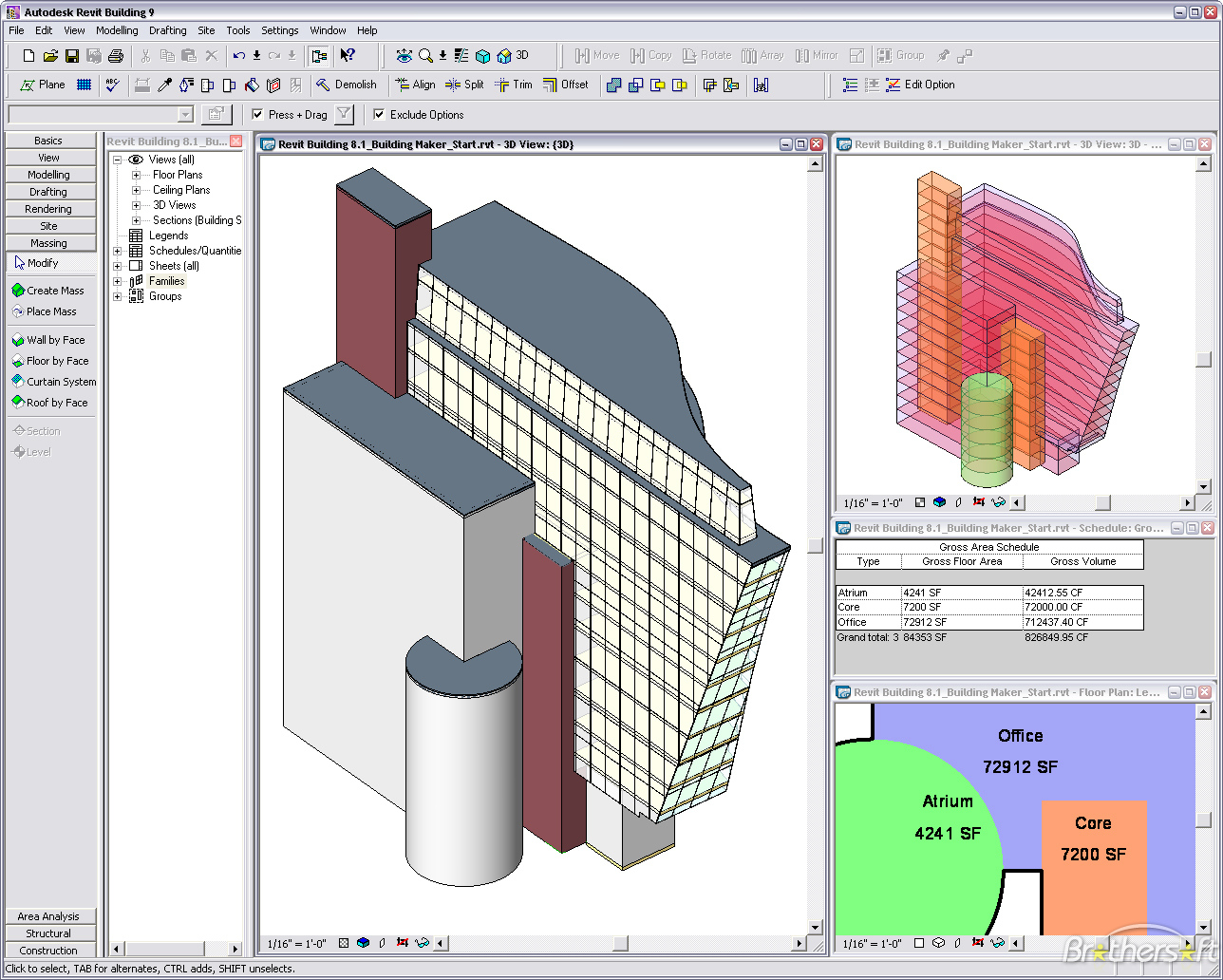Blooms Taxonomy has levels of learning that are as follows. Blooms Taxonomy is something you typically hear about in regards to a K-12 classroom not in regards to a business environment. Blooms taxonomy is designed to.
Blooms Taxonomy Is Designed To, Blooms taxonomy is aimed at helping educators identify the intellectual level at which individual students are capable of working Rudnicki 2018. It also makes it simpler for students to understand what is expected of them. A good example of a blooms taxonomy is a six stage calculus lesson plan for second year high school students. BENEFITS OF BLOOMS TAXONOMY TO STUDENTS.
 Bloom S Taxonomy Plus Depth Of Knowledge Infographic Depth Of Knowledge Teaching Strategies Blooms Taxonomy From pinterest.com
Bloom S Taxonomy Plus Depth Of Knowledge Infographic Depth Of Knowledge Teaching Strategies Blooms Taxonomy From pinterest.com
As such the taxonomy was designed to encourage teachers to design instructions that ask students to think in rather increasingly complex ways. And its extension Revised Blooms Taxonomy RBT is used in eLearning to map the content type to the ideation or multimedia enablement of an eLearning course. Blooms taxonomy is designed to address three domains of education and learning. Specific learning outcomes can be derived from the taxonomy though it is most commonly used to assess learning on a variety of cognitive levels.
The matrix organization of the revised version of Blooms taxonomy is designed to be a more precise form of thinking about learning making it easier for educators to create clear objectives for lesson planning and student evaluation.
Read another article:
The word taxonomy simply means classifications or structures. Using Blooms Taxonomy For Business. Blooms Taxonomy is a widely-recognized tool for instructional design that is intended to help frame the graduated increase in complexity and mastery between programs of instruction at different levels and over. Blooms Taxonomy is a classification of the different objectives and skills that educators set for their students learning objectives. And its extension Revised Blooms Taxonomy RBT is used in eLearning to map the content type to the ideation or multimedia enablement of an eLearning course.
 Source: pinterest.com
Source: pinterest.com
It also makes it simpler for students to understand what is expected of them. Although VCoL supports academic learning it is also designed to support learning-in-the momentmicro-learningduring everyday activities. By creating a hierarchical structure to track a students depth of understanding Bloom created a way to ascertain the ever-elusive question every Educator asks themselves. What is Blooms Taxonomy. Bloom S Taxonomy Wheel Educational Technology And Mobile Learning Teaching Strategies Educational Technology Teaching.
 Source: pinterest.com
Source: pinterest.com
Knowledge comprehension application analysis synthesis and evaluation. He designed this pedagogical approach to measure the cognitive development of students. Knowledge comprehension application analysis synthesis and evaluation. The word taxonomy simply means classifications or structures. Blooms Taxonomy Language For Communication About Learning Blooms Taxonomy Blooms Taxonomy Poster Taxonomy.
 Source: pinterest.com
Source: pinterest.com
Benjamin Bloom originally published his taxonomy in 1956. The word taxonomy simply means classifications or structures. Benjamin Bloom originally published his taxonomy in 1956. Blooms Taxonomy BT is used by Instructional Designers globally to define the required cognition level. Bloom S Taxonomy Plus Depth Of Knowledge Infographic Depth Of Knowledge Teaching Strategies Blooms Taxonomy.
 Source: pinterest.com
Source: pinterest.com
Introduction Blooms taxonomy was developed to provide a common language for teachers to discuss and exchange learning and assessment methods. 64 rows Blooms Taxonomy provides a list of action verbs based on each level. CognitiveCognitive skills revolve around knowledge comprehension and critical thinking. Blooms Taxonomy is a classification of the different objectives and skills that educators set for their students learning objectives. Bloom S Taxonomy Cognitive Ivan Teh Runningman Blooms Taxonomy Problem Based Learning Taxonomy.
 Source: pinterest.com
Source: pinterest.com
Introduction Blooms taxonomy was developed to provide a common language for teachers to discuss and exchange learning and assessment methods. Blooms Taxonomy was designed to help students learn more effectively in educational programs. Blooms Taxonomy classifies thinking according to six cognitive levels of complexity. The table below defines each cognitive level from higher- to lower-order. Bloom S Taxonomy Made Real Teaching Education Teaching Strategies.
 Source: pinterest.com
Source: pinterest.com
Blooms taxonomy is designed to address three domains of education and learning. Blooms Taxonomy was designed to help students learn more effectively in educational programs. Blooms Taxonomy is a method created by Benjamin Bloom to categorize the levels of reasoning skills that students use for active learning. Blooms Taxonomy has levels of learning that are as follows. Pin On Pe.
 Source: pinterest.com
Source: pinterest.com
Blooms Taxonomy is a classification of the different objectives and skills that educators set for their students learning objectives. Blooms Taxonomy is a classification system developed by educational psychologist Benjamin Bloom to categorize cognitive skills and learning behavior. Blooms Taxonomy was designed to help students learn more effectively in educational programs. Blooms taxonomy is designed to address three domains of education and learning. Don T Miss This Awesome Bloom S Taxonomy Wheel Teaching Strategies Educational Technology Learning Theory.
 Source: pinterest.com
Source: pinterest.com
Specific learning outcomes can be derived from the taxonomy though it is most commonly used to assess learning on a variety of cognitive levels. Blooms Taxonomy follows a hierarchy which like many other theories supports the idea that learning is built on prior knowledge and skills already learnt. Blooms taxonomy is based on the belief that learners must begin by learning basic foundational knowledge about a given subject before they can progress to more complex types of thinking such as analysis and evaluation. The table below defines each cognitive level from higher- to lower-order. Many Educators Love Bloom S Taxonomy Because It Gives Them A Way To Think About Their Teaching And The Subsequent Learning Teaching Learning Coach Math Methods.
 Source: pinterest.com
Source: pinterest.com
What is Blooms Taxonomy. As such the taxonomy was designed to encourage teachers to design instructions that ask students to think in rather increasingly complex ways. The table below defines each cognitive level from higher- to lower-order. CognitiveCognitive skills revolve around knowledge comprehension and critical thinking. Pin By Techchef4u Edu Resources E On Ipad Lessons Blooms Taxonomy Educational Technology Taxonomy.
 Source: za.pinterest.com
Source: za.pinterest.com
It also makes it simpler for students to understand what is expected of them. By creating a hierarchical structure to track a students depth of understanding Bloom created a way to ascertain the ever-elusive question every Educator asks themselves. Blooms Taxonomy is a classification of the different objectives and skills that educators set for their students learning objectives. This link provides background and information about the current model of Blooms Taxonomy. Don T Miss This Awesome Bloom S Taxonomy Wheel Teaching Strategies Educational Technology Blooms Taxonomy Questions.
 Source: pinterest.com
Source: pinterest.com
This tool can be used to form learning goals that support all learners. What is Blooms Taxonomy. Blooms Taxonomy is a method created by Benjamin Bloom to categorize the levels of reasoning skills that students use for active learning. The taxonomy was proposed in 1956 by Benjamin Bloom an educational psychologist at the University of Chicago. 18 Creative Bloom S Taxonomy Infographics Everybody Loves Using Teaching Strategies Learning Theory Teaching.
 Source: pinterest.com
Source: pinterest.com
The terminology has been recently updated to include the following six levels of learning. Blooms taxonomy is aimed at helping educators identify the intellectual level at which individual students are capable of working Rudnicki 2018. Blooms Taxonomy is something you typically hear about in regards to a K-12 classroom not in regards to a business environment. 64 rows Blooms Taxonomy provides a list of action verbs based on each level. Bloom S Digital Taxonomy Verbs Infographic Teaching Strategies Learning Theory Teaching.
 Source: pinterest.com
Source: pinterest.com
Blooms Taxonomy was designed to help students learn more effectively in educational programs. Blooms taxonomy is aimed at helping educators identify the intellectual level at which individual students are capable of working Rudnicki 2018. He designed this pedagogical approach to measure the cognitive development of students. The table below defines each cognitive level from higher- to lower-order. Don T Miss This Awesome Bloom S Taxonomy Wheel Teaching Strategies Educational Technology Learning Theory.
 Source: pinterest.com
Source: pinterest.com
Using Blooms Taxonomy For Business. There are six levels of Blooms Taxonomy. This tool can be used to form learning goals that support all learners. Blooms Taxonomy BT is used by Instructional Designers globally to define the required cognition level. A Taxonomy For Learning Teaching And Assessing A Revision Of Bloom S Taxonomy Of Educational Objectives Taxonomy Blooms Taxonomy Questions Blooms Taxonomy.
 Source: pinterest.com
Source: pinterest.com
Blooms Taxonomy is a widely-recognized tool for instructional design that is intended to help frame the graduated increase in complexity and mastery between programs of instruction at different levels and over. By creating a hierarchical structure to track a students depth of understanding Bloom created a way to ascertain the ever-elusive question every Educator asks themselves. Blooms Taxonomy is a classification system developed by educational psychologist Benjamin Bloom to categorize cognitive skills and learning behavior. Blooms taxonomy is aimed at helping educators identify the intellectual level at which individual students are capable of working Rudnicki 2018. The Best Critical Thinking Tools Aligned With Bloom S Taxonomy Blooms Taxonomy Inspired Learning Taxonomy.







